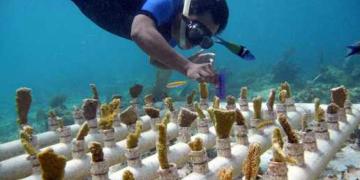Support for urban, community and institutional gardening for home consumption and the sale of leftovers
Support for market-oriented local production in the DMQ region
Food supply and distribution
Promotion of food consumption, healthy diets and nutrition through bio-fairs and education
Potential as a Transferable Model
